September 28, 2017
Discussion by Alan Rubin
The event entered local folklore and for decades afterwards residents claimed that on hot summer days the area still smelled of molasses.
https://en.m.wikipedia.org/wiki/Great_Molasses_Flood
Solving a Mystery Behind the Deadly ‘Tsunami of Molasses’ of 1919 by Erin McCann
https://www.nytimes.com/2016/11/26/science/boston-molasses-flood-science.html?_r=0
Although it was a mystery at the time, the metallurgical cause of the failure was related to the construction of the tank, it's composition and thickness, the construction process and the ambient air temperature--all of which resulted in a spontaneous brittle fracture.
Along with the articles and photos below, I will explain why the tank failure happened.
I received my BS and MS degrees in Metallurgical Engineering from Lehigh University. My master's thesis was on brittle fracture.
While doing my research, I came across the story of the 1919 Boston Molasses Massacre. I always remembered the trial judge's comment that there must be something unknown if expert witnesses on both sides cannot agree to the cause of the failure.
The mysteries of "brittle fracture" in plate steel was finally unraveled in the aftermath of WWII. Many of the" Liberty Ships" that were were hastily fabricated during the war either were sunk or severely damaged by spontaneous cracking. These plate failures often occurred when the ship were at anchor.
The ship's plates were welded together, a much faster process than using rivets. However, if not done properly, welding left minute metallurgical cracks which could initiate a plate failure. Plates were categorized as being a starter-plate, through-plate or end-plate for cracks. Energy absorption tests (Charpy) led to the development of safe standards which are still in use today.
Brittle fracture was the "unknown" that Judge Ogden referred to at the Boston Molasses Failure trial.
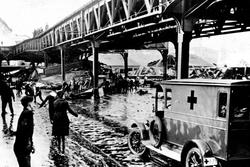
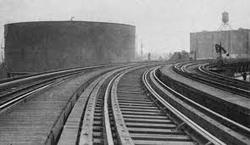
Note its proximity to the elevated rail line, commercial buildings and water front.
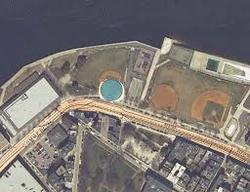
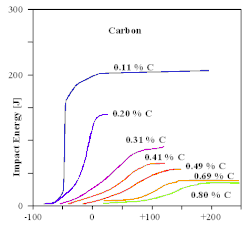
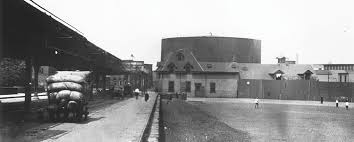
 RSS Feed
RSS Feed